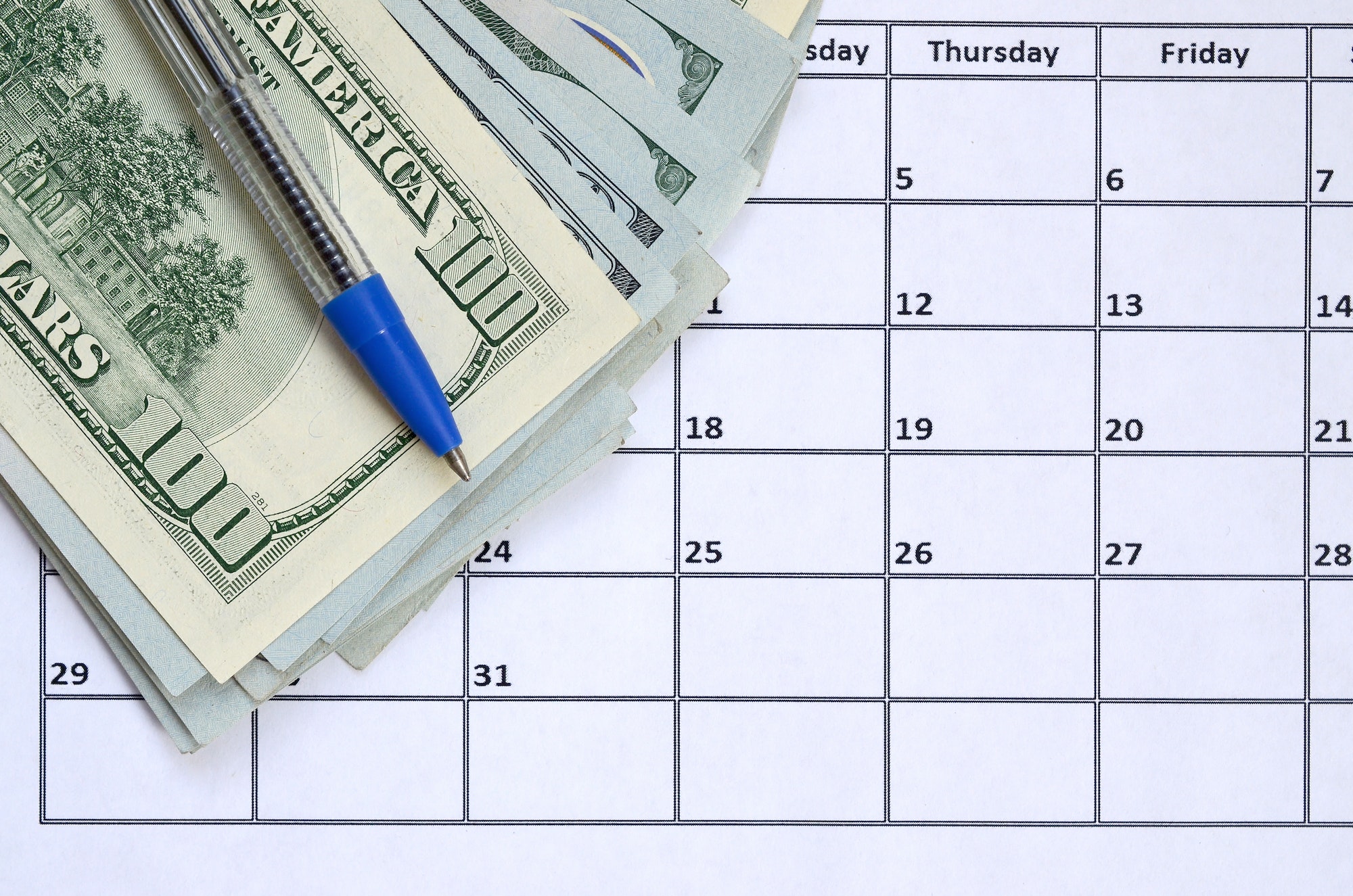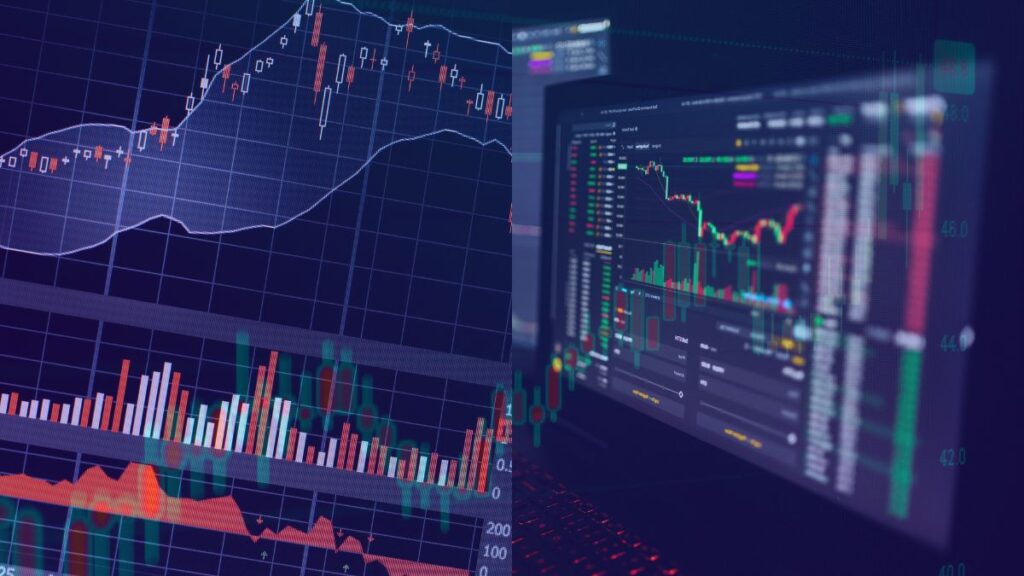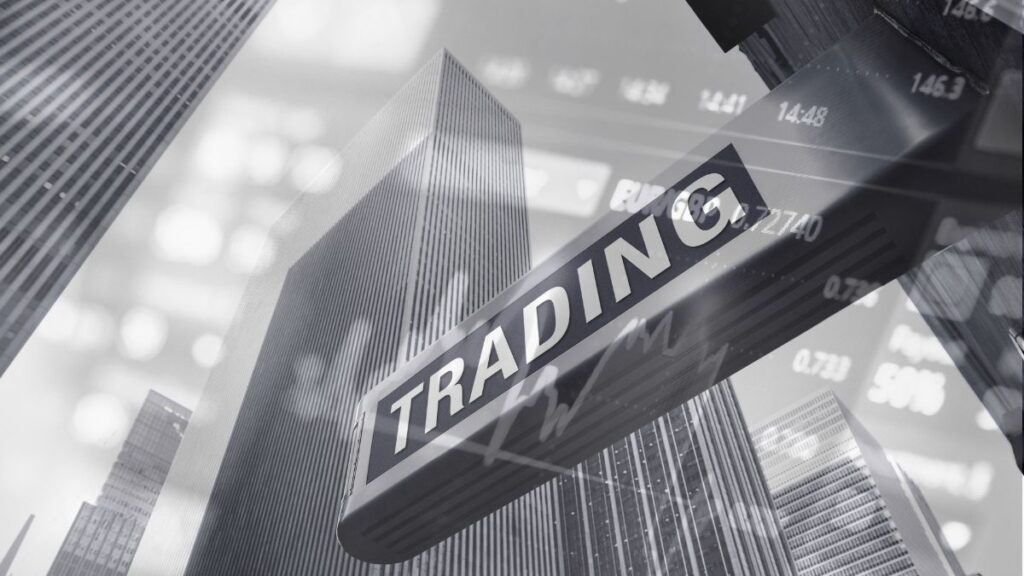What is an Economic Calendar?
Economic Calendar is a fundamental analytical tool. It’s common for the market to move significantly after news announcements. When an event is announced, the volatility increases. Because of this, savvy traders keep an eye out for situations that might cause significant volatility. It contains information about statistics and happenings from many countries. The information in the economic calendar has varying degrees of significance. It is critical to understand how to read the economic calendar in order to assess the impact of announcements on certain areas of the market. This article will explain to traders how to use the economic calendar.

Why Use an Economic Calendar?
The prime reason for using economic calendars is simple: As a forex trader, you are directly affected by the global economy both in terms of your current portfolio and the emergence of new trading possibilities. This data is arranged by an economic calendar, which also offers crucial context that you need to follow events and comprehend their prospective effects on the world Forex markets. One characteristic of modern financial behavior is that bad news will be more impactful than good news.
What are the Benefits of Using an Economic Calendar?
Using an economic calendar has a few key benefits. Planning your trades around significant economic calendar events allows you to get ready for anticipated market volatility. When a calendar event approaches, volatility may be predicted whether data is provided substantially above, below, or in line with expectations.
Planning ahead is possible thanks to the forex economic calendar. By being aware of the events’ timing, traders may plan their forex trades smartly.
What Are the Major News Events to Keep an Eye on?
Now that you have an idea of what an economic calendar is, you can read our guide on how to use the Investing.com Economic Calendar, and use the guide to find a list of some of the important news stories to watch when you trade on the forex market. Some of the important ones are:
Nonfarm Payroll (NFP) Reports:
This United States report tracks employment rates for the vast majority of the United States workforce.
Central Bank Interest Rate Decisions:
The Federal Reserve is also known as the central bank of the US. There are seven other significant central banks in the world (the European Central Bank, the Bank of England, the Bank of Japan, the Swiss National Bank, the Bank of Canada, the Reserve Bank of Australia, and the Reserve Bank of New Zealand), and interest rate choices made by any of these big players will impact how much forex traders win or lose when borrowing or holding a position.
Durable Goods Orders:
The monthly report compiled by the United States Census Bureau offers an analytical measurement of the level of industrial activity across the nation.
Retail Sales Index:
The data on orders for durable goods are also released on a monthly basis by the United States Census Bureau, which also publishes the retail sales index. It shows the sum of all retail sales in the United States for the preceding month.
Consumer Confidence Index:
This index calculates a score that is meant to be representative of the level of general consumer confidence in the economy of the United States by taking into account a number of different data elements.
In Conclusion
If you have access to a calendar that is simple to use, you will have the ability to make trading strategies that take into account upcoming news and events as well as anticipate future market movers. Economic calendars are often utilized tools that are often used by traders who seek to plan ahead and take a predictive approach to their trading strategy.
When it comes to trading, timing is one of the most important factors. Day traders have the potential to profit from price volatility in the lead-up to important events by taking advantage of the volatility that is caused by the event itself and by trying to profit from it.






